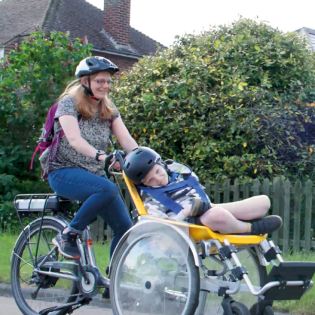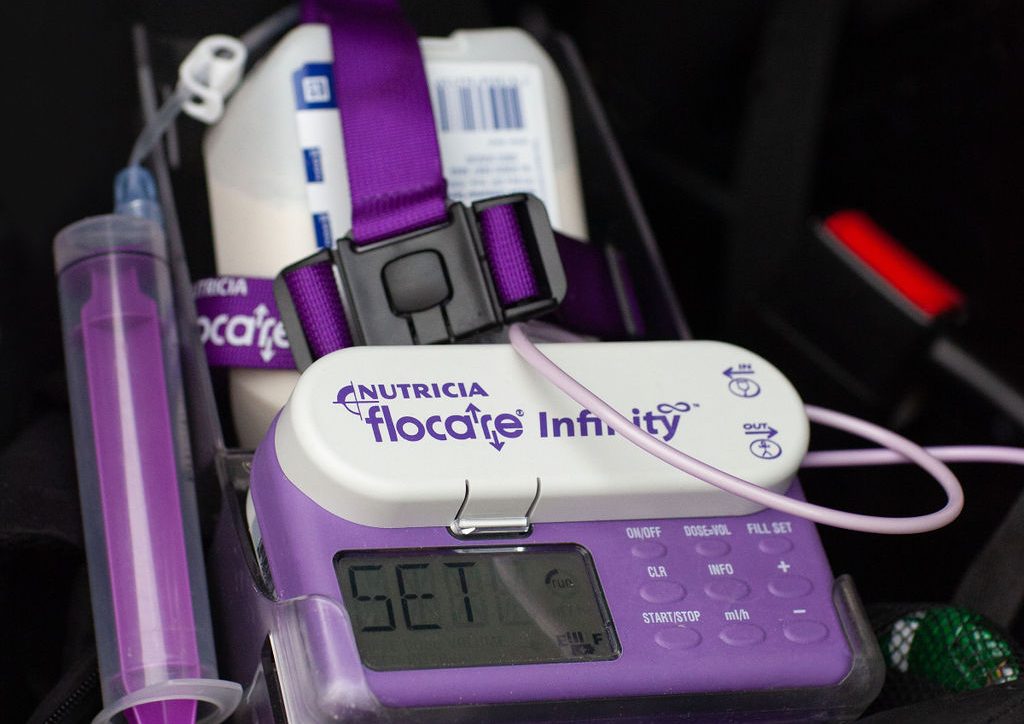
Intellectual disability
Everyone living with Dravet Syndrome has some degree of intellectual disability. Find out more about the impact this can have on someone’s development.
Dravet Syndrome is a neurological condition that causes seizures and a range of co-occurring conditions and difficulties, called ‘comorbidities’. Everyone who lives with Dravet Syndrome can be affected by any, or all, of these co-occurring conditions during their life. Some are more common than others, and how severe they are will vary from person to person.
Everyone with Dravet Syndrome will have some degree of intellectual disability. This is not simply a consequence of seizures, but part of the underlying genetic cause of Dravet Syndrome.
The most common non-seizure aspects of Dravet Syndrome include:
In the video below, Dr Andreas Brunklaus, Paediatric Neurologist, talks about the most common co-occurring conditions in Dravet Syndrome. Find out more by clicking on the links below.

Everyone living with Dravet Syndrome has some degree of intellectual disability. Find out more about the impact this can have on someone’s development.

Problems with language and communication are common for people living with Dravet Syndrome. Find out about therapies and alternative forms of communication.

More than half of people living with Dravet Syndrome report some characteristics of autism. Find out more about autism and getting a diagnosis.

People living with Dravet Syndrome commonly develop behaviours that challenge. Find out how to address these behaviours.

Up to two-thirds of people living with Dravet Syndrome also have symptoms of ADHD. Read more about the condition.

Up to 80% of people living with Dravet Syndrome experience movement and mobility issues, sometimes described as ataxia and gait issues. Find out more.

Around 60% of children living with Dravet Syndrome have some growth and nutrition issues. Read about different approaches to good nutrition.

Children and adults living with Dravet Syndrome may experience difficulties with digestion and urination. Find out about the support available.

Sleeping difficulties affect between 75% and 97% of people living with Dravet Syndrome. Find out more about managing sleep difficulties.

Frequent ear, nose, throat, lung and digestive infections can be a problem for some people living with Dravet Syndrome. Read more about infections and immune problems.

Symptoms of dysautonomia include fast heart rate, low blood pressure, dizziness, sluggish digestion and circulation. Find out more.